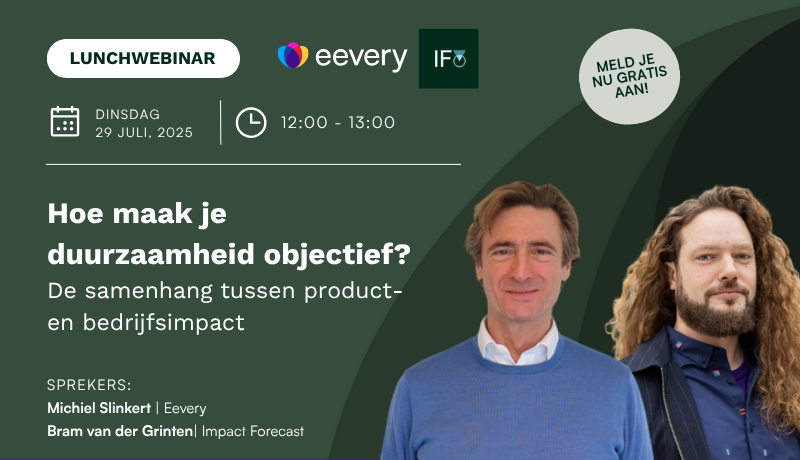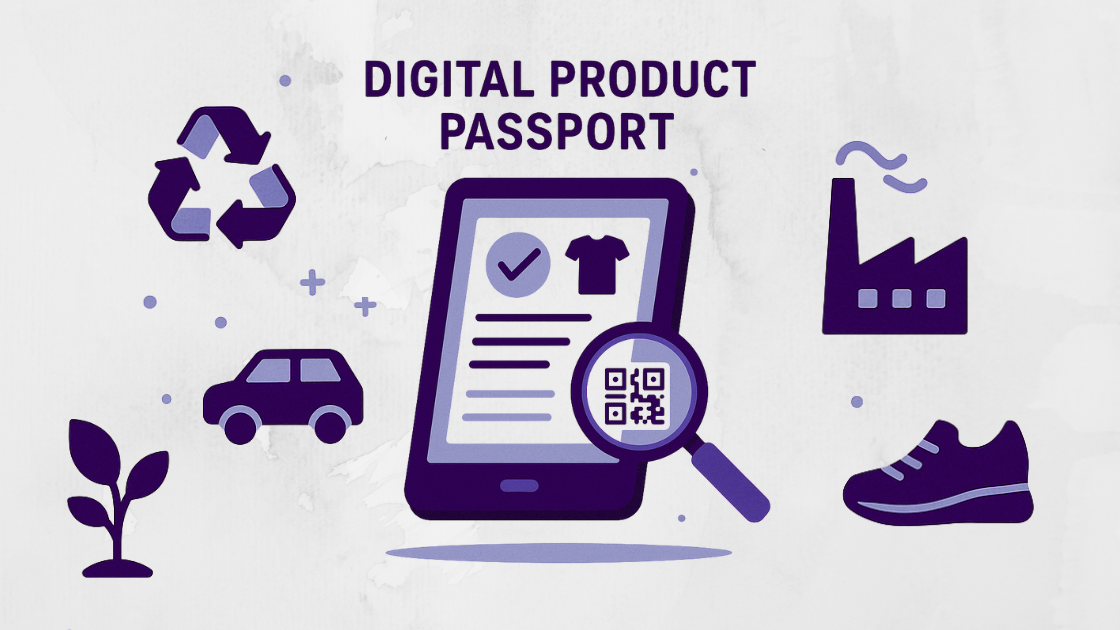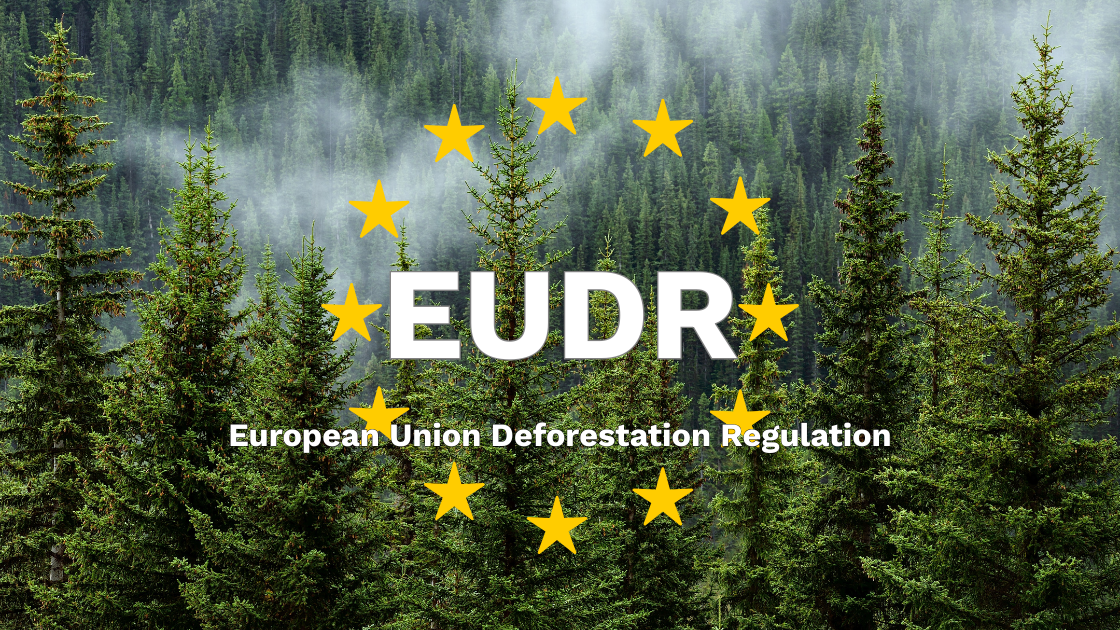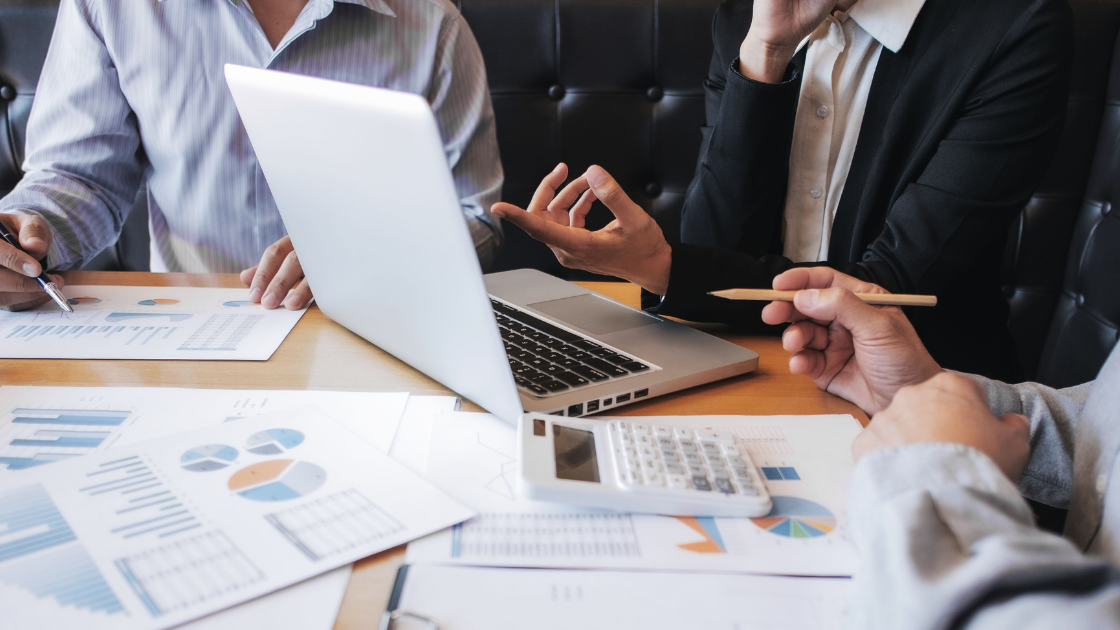Lead the Change: How Impact Forecast makes sustainable choices measurable and actionable
In a world where sustainability is becoming more critical every day, many entrepreneurs feel it’s their mission to build a better future. They develop products, services or technologies that reduce CO₂ and benefit the environment. But how do you prove your impact is real? How do you avoid launching something that only seems sustainable? And how do you convince investors, customers and grant providers of your added value?
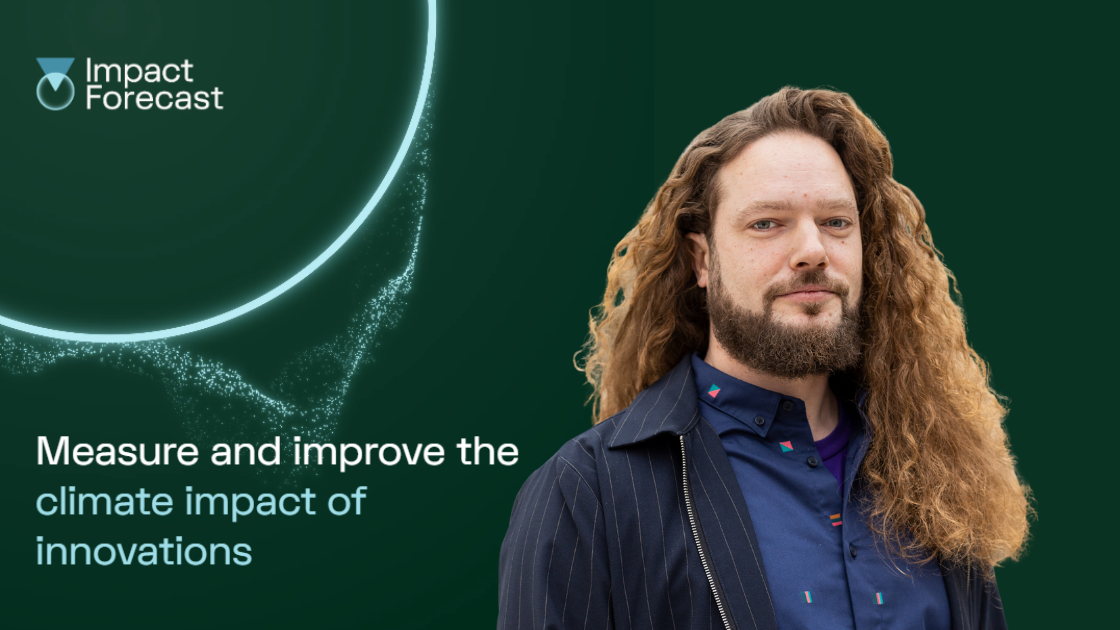
Impact Forecast, founded by Bram van der Grinten and Laurens van Dort, helps businesses with exactly that challenge. The company makes impact data accessible for innovative businesses that are serious about sustainability. Not at the end, but right from the start of the design process. With practical tools, training and quick calculations, Impact Forecast helps you put sustainability at the heart of your business.
From good intentions to real impact
The idea for Impact Forecast arose when engineer and product designer Bram van der Grinten noticed that many sustainable ideas lacked data support. He saw well-intentioned innovations often fall short of their promised impact.
“I once saw a pitch about a bike dynamo to charge your phone,” he explains. “It sounded green, but when you do the math, the CO₂ impact was way higher than just plugging it into the grid. That’s when I realised: this happens a lot, and we need better insights to make real impact.”
So, Bram set out to create a method that helps entrepreneurs and investors calculate environmental impact, without the need for expensive consultancy or lengthy reports. Just practical tools and training that anyone can use.
The gap between ideas and evidence
According to Bram, most entrepreneurs start with a good idea and the best intentions. But without solid data, many decisions are based on assumptions. That can lead to surprises, or even negative impact.
“Somewhere in the chain, something doesn't add up. A material choice, an energy source, or a wrongly estimated effect,” he explains.
With Impact Forecast, you can test whether your innovation is truly sustainable from the outset. It strengthens your product, makes your story more credible, and builds a stronger business case.
From quick calculations to trusted validation
Impact Forecast is a modular platform that supports businesses in a step-by-step approach. It offers a smart calculator, training in lifecycle analysis (LCA), reporting formats, and validation options. With these tools, companies can calculate CO₂ reduction, compare innovations, and support their sustainability claims.
“Most calculations take under five minutes,” says Bram. “What usually costs tens of thousands in consultancy can now be done for 10% of the price and much faster. We make impact both visible and doable.”
Sustainability as part of the process, not an afterthought
Bram is clear: sustainability should never be an afterthought. “We don’t help you stick a green badge on your product at the end,” he says. “We make sure sustainability is part of the design from day one.”
He shares an example: a client installed sensors in city bins so that waste trucks only drive when needed. “A simple innovation with the potential to cut tons of CO₂,” Bram says.
Common myths about sustainability
Bram still sees many misunderstandings about sustainability, even from well-meaning entrepreneurs. “Lots of people think local production is always better,” he explains. “But transport is usually just a small part of the total footprint. How you produce matters much more.”
One example: Dutch-grown bell peppers are often more polluting than bananas from Colombia, because they’re grown using artificial CO₂ from natural gas. “Without data, you choose with your gut. And that’s often misleading.”
Many businesses also overlook the distinction between Scope 1, 2, and 3 emissions. “Most focus on their energy use or emissions. However, if you manufacture products, 80 to 90% of your impact falls within Scope 3, in your supply chain, materials, product use, and waste. That’s where you need to start. Scope 3 is priority number one.”
Regulation as a driver for change
Bram views new EU regulations, such as the CSRD and Green Deal, as a positive catalyst for change. “These rules force companies to report on their environmental impact. And they make investors more critical about where their money goes,” he explains. “That’s a good thing; it pushes companies to back up their claims. And we offer the tools to do just that: scalable, affordable, and useful in any industry.”
At the same time, Bram warns that some subsidies still go to projects that can’t prove their impact, or worse, cause more harm. “Good data helps us make the right choices.”
Scalable and globally available
Impact Forecast is now active in over 35 countries. Its strength lies in scalability. The tools can be used standalone or integrated into existing processes of investors or grant providers. “We offer white-label solutions, training programmes and tailored support,” says Bram. “That way, we can help 1,000 businesses make better choices, instead of coaching just 100 in depth.”
Bram’s vision is clear: sustainability should be as common as having a financial balance sheet. “We need to stop thinking impact measurement is too complex,” he says. “Every business owner should be able to do it.”
Bram’s advice to entrepreneurs
For those looking to get started with sustainability, Bram has one clear message:
“Start by measuring. With the right data, you make better decisions. Better decisions lead to a bigger impact. It’s as simple as that.”
Want to learn how to back up your sustainability, at product and company level?
Join Eevery and Impact Forecast’s free lunch webinar (in Dutch) on Tuesday 29 July from 12:00 to 13:00 (NL time). In just one hour, you’ll get practical insights, tools and examples you can use straight away.
Sign up here and lead the change with facts, not feelings.
